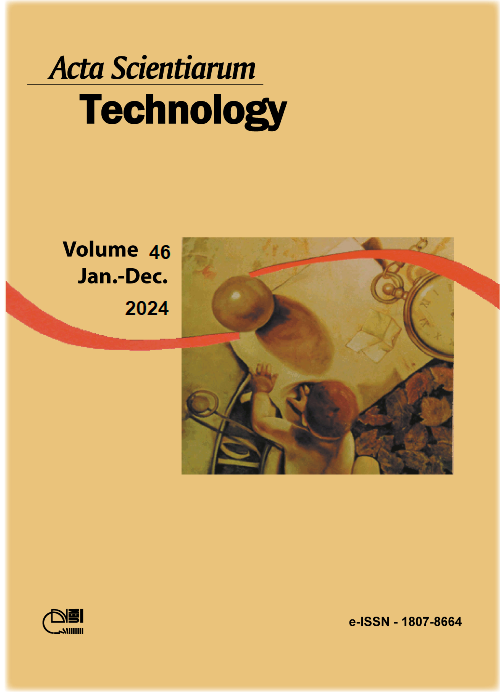Word association and check-all-that-apply accessing the difference between yogurt and fermented whey beverage
DOI:
https://doi.org/10.4025/actascitechnol.v46i1.64953Keywords:
dairy products; sensory parameters; acceptability; consumer science.Abstract
Consumers see whey beverages as inferior products to yogurts, especially regarding texture and viscosity. The aim of this work was to evaluate consumers' perception of the differences between yogurt and fermented whey beverage using word association and check-all-that-apply (Cata). Untrained assessors (n = 100) evaluated samples of three commercial brands of liquid or stirred yogurt and whey beverage, of strawberry flavor. Chemical and physical parameters (pH, acidity, total solids, color, texture and syneresis) were determined to assist in the interpretation of the results. The study showed that physical and chemical characteristics were inherent to each product, with no homogeneity within each category. The texture was the parameter that most influenced consumer responses. Yogurt is not necessarily always more viscous than fermented whey beverages. In addition, sensory acceptability was not linked to the product category, pointing to the importance of the individual characteristics. Word association and Cata were able to access the main differences between both products and brought important qualitative and quantitative information regarding consumers´ opinions. This study contributed to demystifying the perception that fermented whey beverages have attributes considered inferior, such as lower viscosity and greater syneresis when compared to yogurts. It was found that there is a demand for information about yogurt and fermented whey beverages, which can influence consumers' opinions at the time of purchase.
Downloads
Downloads
Published
How to Cite
Issue
Section
License
DECLARATION OF ORIGINALITY AND COPYRIGHTS
I Declare that current article is original and has not been submitted for publication, in part or in whole, to any other national or international journal.
The copyrights belong exclusively to the authors. Published content is licensed under Creative Commons Attribution 4.0 (CC BY 4.0) guidelines, which allows sharing (copy and distribution of the material in any medium or format) and adaptation (remix, transform, and build upon the material) for any purpose, even commercially, under the terms of attribution.
Read this link for further information on how to use CC BY 4.0 properly.















8.png)




